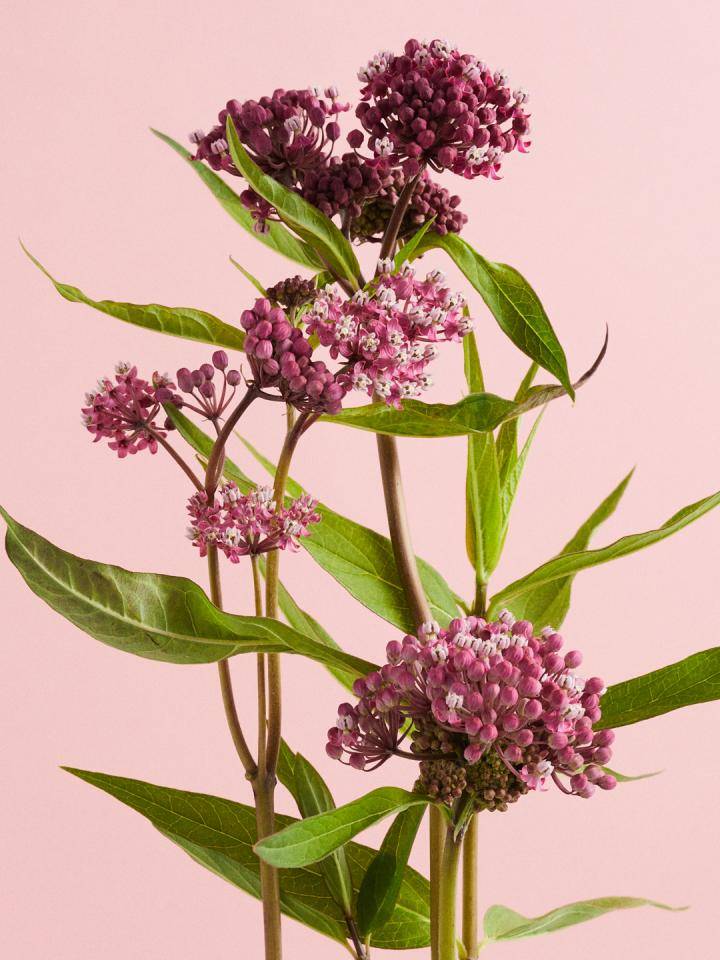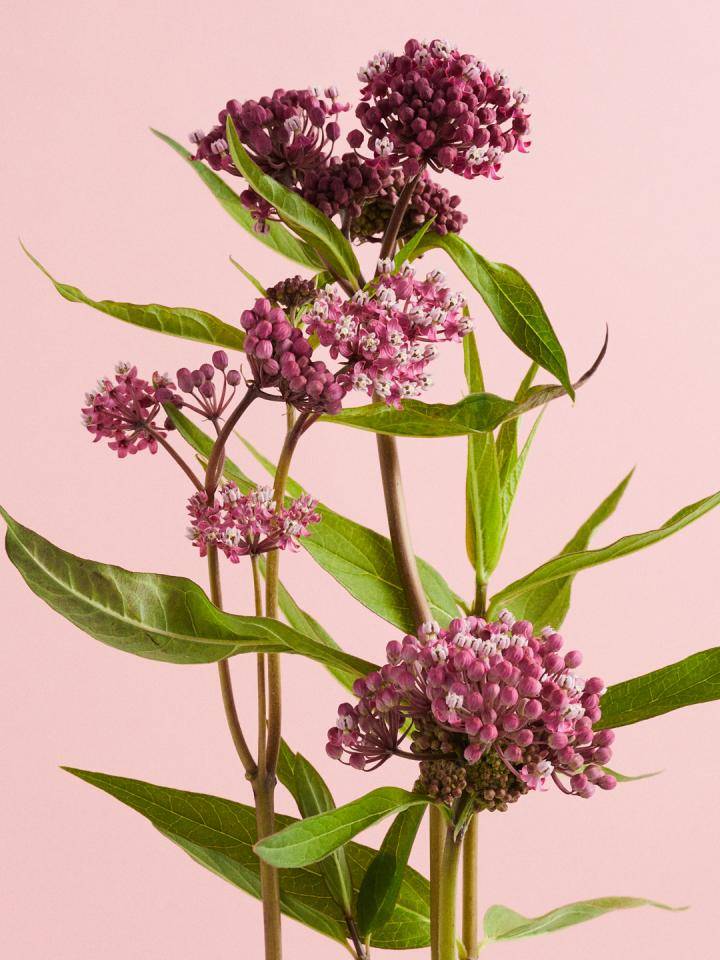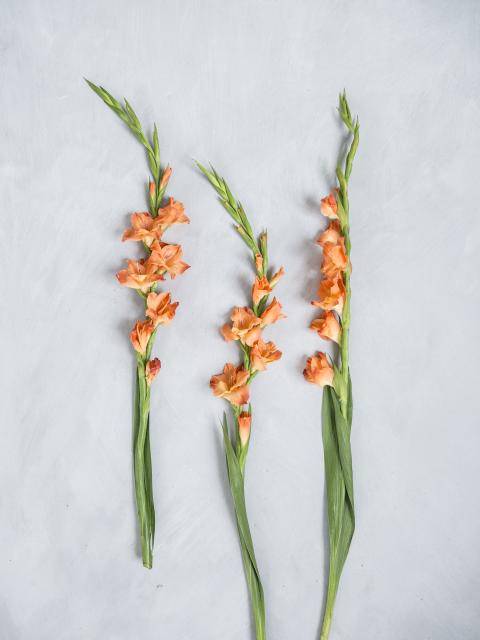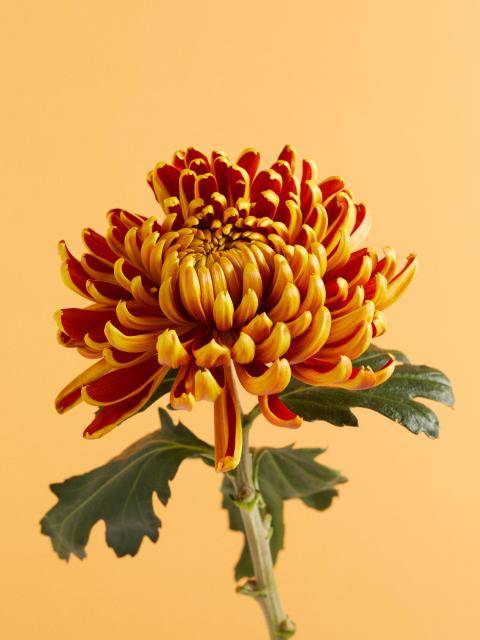
Care
With these tips you will enjoy this fragrant flower for longer:
- Make sure you have a clean glass vase, preferably one cleaned with chlorine.
- When trimming flower stems, cut diagonally with a sharp knife.
- Remove leaves so they do not hang into the water.
- Put the flowers in approximately 3cm of water, to allow the stems to breathe.
- Add cut flower food to the vase.
- Change the water every five days and top it up regularly.
- Do not put your flowers in the sun, near the heating, close to a fruit bowl or in a draught.
Colours and shapes
The most well-known silk plant is the orange Asclepias tuberosa. But fortunately for us, in recent years a lot of new and trendy colours have been created that can be combined beautifully, from burgundy to cream to pink and purple. And to top it all off, the multi-flowered umbels are lightly and deliciously scented.

Symbolism
The tubular fruits of the silk plant family contain seeds with long, white and silky hairs, which is where the family gets its name. Asclepias symbolises "let me go". It is named after the Greek god of medicine, Aesculapios, the son of Apollo. He is said to be able to bring the dead back to life. But beware, the entire plant is poisonous, so don't take this too literally.
Origin
Asclepias originates in North America, where it grows on dry grasslands. Milkweed can be found all over the country, in both the northern and southern states. The plant started to be cultivated in England in 1699, and later spread throughout the world.






